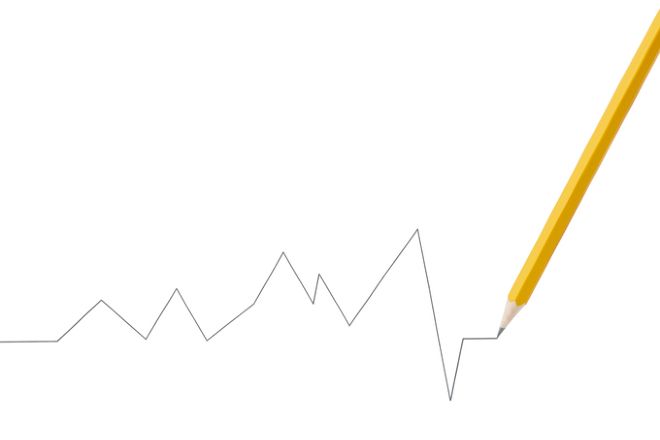Article by Sarah Bienvenue, Blackbaud K–12 Solutions
Following historic, nationwide school closings and the shift to distance learning, many independent schools expected a drop in applications and enrollment for the 2020-21 school year. This expectation correlated with information from several industry associations, which suggested that the pattern might follow the precedent of the 2008-2009 economic downturn, when schools saw an average of 10% under enrollment. However, a look at aggregate data from the Blackbaud Enrollment Management System uncovers some surprising trends:
- After an expected collapse in application and contract activity in March, April and May, applications and contracts came roaring back in June and July, which are historically quiet months for admission activities.
- Many schools moved the enrollment contract process earlier in the year, to February. Whether due to anticipated closures or serendipitous timing, this move benefited enrollments.
We’re also seeing the sharpest increases in states where COVID-19 cases seem to be on the rise, indicating increased interest may come from families seeking face-to-face instruction in areas where local public schools roll out online or hybrid fall plans.
Application Trends
Private schools experienced a sharp decline in new applications year-over-year in March, April and May. However, spurred by “pandemic applicants,” application numbers rebounded in June and July, with July seeing a 131% increase over July 2019 (see feature image above). These increases nearly made up for the pandemic-induced slowdown, with year-over-year applications more or less flat from January to July.

Contract Trends
The data also shows a six-fold increase in contracts year-over-year in February, suggesting that many schools accelerated processing of contracts before distance learning and remote work for faculty and staff began in March. It also shows a drop off in March, April and May, followed by a surge in June and July. The June/July surge suggests that either families deferred acceptance and/or that new families were taking a fresh look at private schools to fill their children’s educational needs for the 2020-21 school year, as reopening plans in many public districts remained unclear or didn’t meet families’ needs.

Regional Considerations

Heat Map of Year-Over-Year Change in Applications
Researchers at Blackbaud also had the opportunity to study admissions and enrollment data by region. It appears the Southeast is experiencing the largest impact of the shift, with applications in states like Virginia, Tennessee and Maryland increasing 25% year-over-year (seen below in a heatmap view). Given the late mid-summer surge in the South, it’s possible that more public school districts are starting virtual in 2020-21, prompting parents to evaluate their options. California is seeing similar trends with a 9% increase in applications and 4% increase in enrollment contracts. The central U.S. is not experiencing as much late-in-the-game admissions activity as others. For example, applications in Arkansas, Indiana and Oklahoma have decreased since 2019.
Magnified Impact
There are many reasons that families choose an independent school education. Just as we’ve seen in other independent school trends, we can expect that the disruption created by the pandemic is not likely to change those core reasons, but the appeal of schools’ offerings may now be magnified, particularly to parents who may not have considered an independent school before. As supporters of the industry, we’re encouraged that the worst of the enrollment outlook many of us had at the beginning of the pandemic will likely not come to fruition. However, we’re also aware that “mileage may vary,” and the year ahead promises plenty of uncertainty.



